India's blue answer to the yellow-covered bible of cricket goes beyond statistics and scorecards
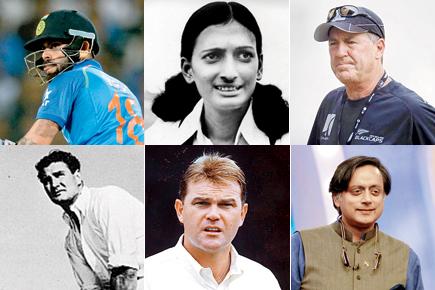
Virat Kohli, Martin Crowe, Satya Nadella, Keith Miller, Shantha Rangaswamy, John Wright, Shashi Tharoor
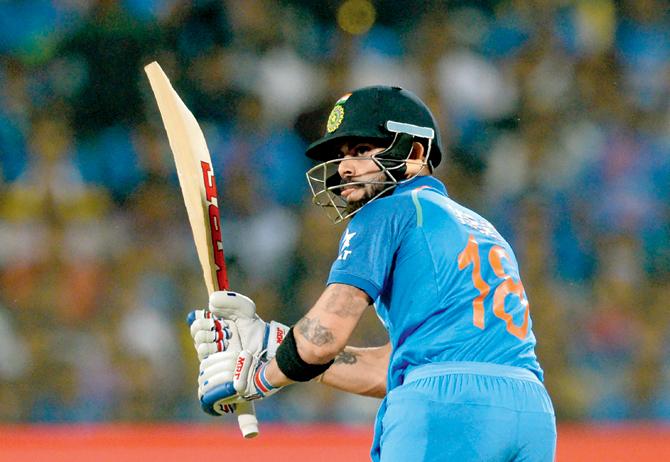
Virat Kohli
ADVERTISEMENT
Wisden India Almanack 2017 (edited by Suresh Menon; published by Bloomsbury India) is five this year and deserves its place in crammed bookshelves just like the previous four editions.
Thanks to his feats of splendour in 2016, Virat Kohli features on the cover like he does in the to-be-released Wisden Cricketers' Almanack published in England. Kohli is the annual's cricketer of the year for the second time since 2013. This means convention is broken for a very special player. The Almanack - India's answer to the famous yellow-covered, 154-year-old annual - now has more splendid literature even as the stats freaks are kept happy.
It's blue. It's probably here to stay and while it is not insular, it's very Indian.
Here are seven gems cherry-picked from the volume of 860 pages.
Kohli, the man who changed
Virat Kohli is no longer brash, doesn't seem to be the angry young man that he was on the 2011-12 tour of Australia. In fact, he is kind to fans as the Almanack editor Suresh Menon found while they chatted over breakfast recently. Menon writes: "We had breakfast together one morning as the selfie-seekers and autograph-hunters kept interrupting. He obliged nearly everybody - but after our conversation. This was not merely old-fashioned good manners. 'Fans have made us what we are,' he said, adding, 'Many come from great distances and we need to give them good memories to take back with them.' "
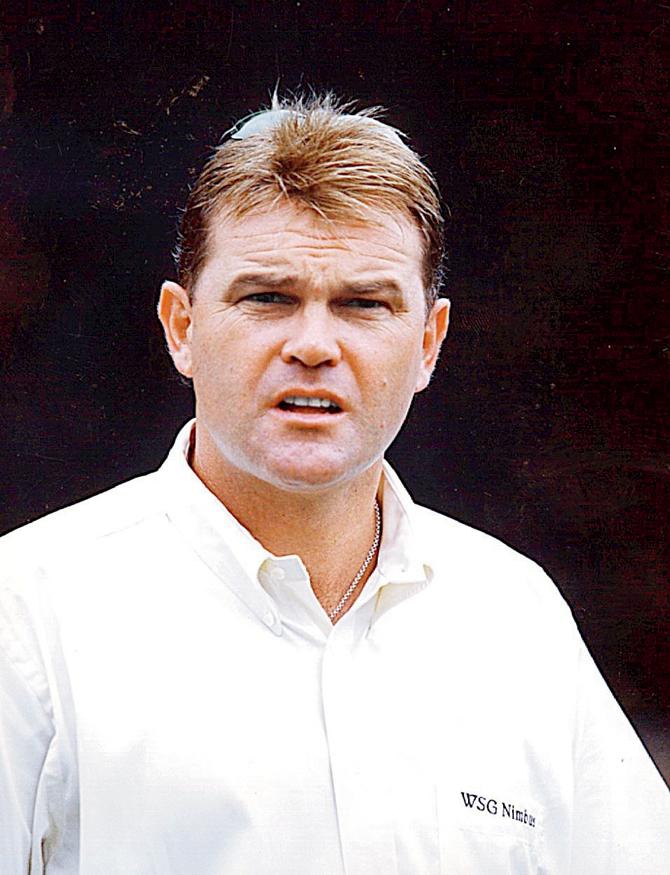
Martin Crowe
Much to Crowe about Martin
Martin Crowe, who succumbed to cancer last year, admired everything about Greg Chappell's batting. So, it was fitting that Chappell was asked to write a tribute to Crowe. He waxed eloquently: "I believe that had Martin played anywhere else but New Zealand, his record would have been even better. Conditions for batting in New Zealand in those days were as challenging as anywhere with damp pitches always offering some seam movement to the pace bowlers. Even if he had played in the current era with better drained grounds and drier pitches that are less bowler-friendly and the modern, more forgiving bats, I believe his record would have better reflected his talent." Chappell's essay is a fine tribute to NZ's finest batsman of the 1980s and 1990s.
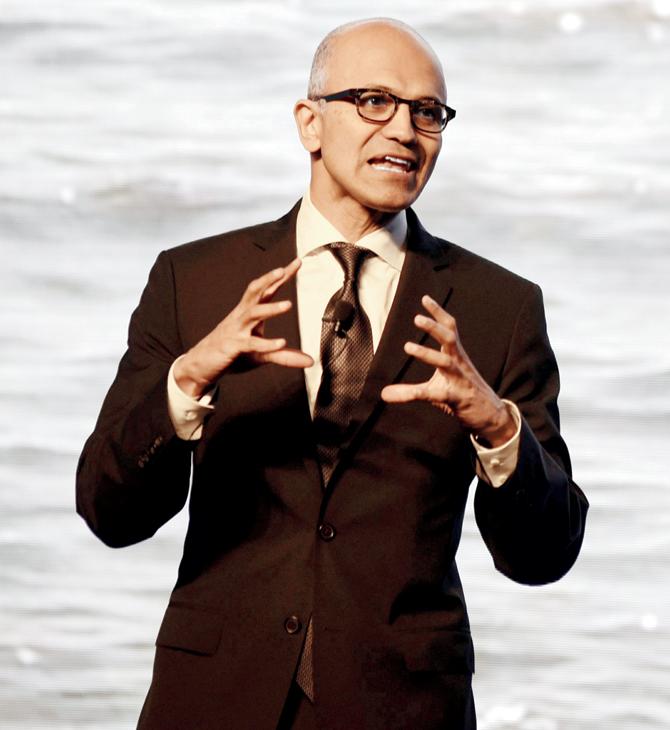
Satya Nadella
Cricket made Nadella tough
Microsoft CEO Satya Nadella's piece titled Boardroom pitch brings out the big cricket lover in him. "I am haunted by cricket. No matter where I am, cricket is always there," he writes.
Playing the game at school and club level in Hyderabad helped him in his corporate life. Nadella recalls, "I was a bowler and a terrible fielder but he [his school captain, on instructions from the PE teacher to get more aggressive] positioned me at forward short leg, right beside the powerful Australian batsmen. I would have been happy standing far off at long on but he put me right next to the action. In time, with new energy and new focus, we transformed into a competitive team. It showed me that, as in business, you must always have respect for your competitor but don't be in awe. Go and compete."

Keith Miller
A letter from Miller
Cricket writer and mid-day contributor Haresh Pandya pleasantly surprises us by revealing his love for letter-writing. Sir Don Bradman and Australian all-rounder Keith Miller, among others, have replied to his letters. Miller was pleased that Pandya was pursuing his MA in American, English and European classics. In 1989, he replied to Rajkot-based Pandya: "I was most interested in your letter regarding your academic life. You hope to soon become a professor of English. You should come out here and teach a lot of Aussies English. It's a language becoming *******ised with Australian slang."
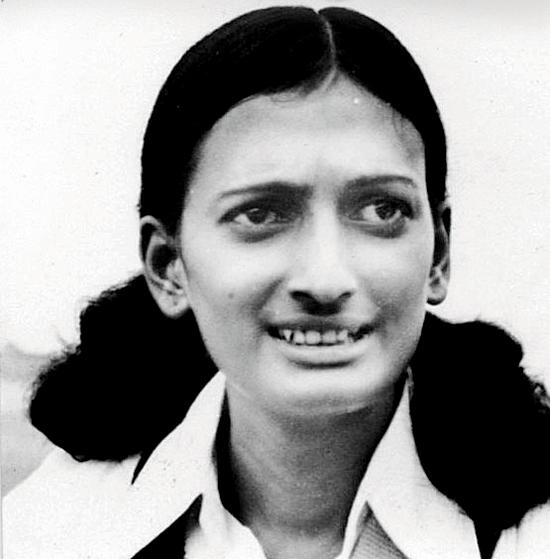
Shantha Rangaswamy
Shantha's two-wheeler reward
A section on women's cricket is wholesome, and former captain Shantha Rangaswamy's recollection of the early days brings to focus the oddities India's women cricketers had to face. She writes: "New Zealand then came down for a five-match series in early 1976, but the matches were still not considered official 'Tests.' Ironically, when we went to New Zealand in 1977, they fielded almost the same team and that Test was official. I still wonder why the Women's Cricket Association of India (WCAI) didn't get official status for the games in India."
Rangaswamy was rewarded a Luna moped for her century in Pune, but was disappointed to note that the 575 runs she scored and Diana Edulji's 33 wickets in the series against the Kiwis were not in the record books since the matches had not been given official status. "Fortunately for me, I got a century in Dunedin or else I may have never made it to the record books," she writes.
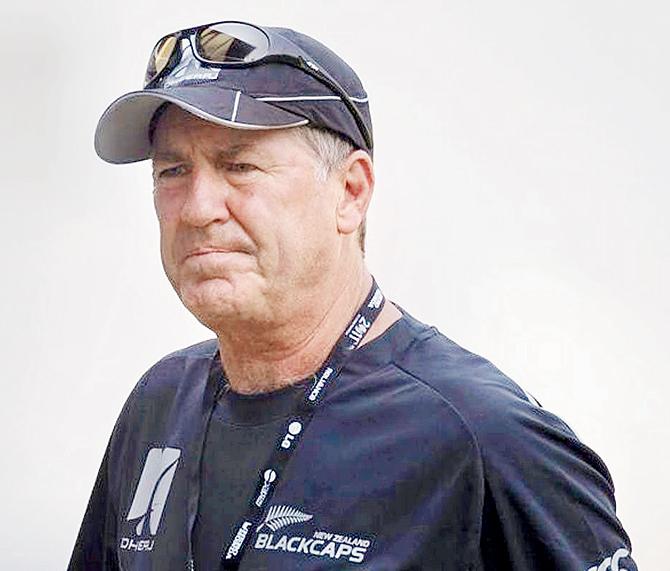
John Wright
Best wishes with a warning
John Wright writes about Anil Kumble in glowing terms and sees no reason why the former ace spinner can't be a great success in his current position as India's head coach. Wright also recalls a very important meeting in his 2001-005 tenure as coach: "Just before the team left for the 2003 World Cup, Jagmohan Dalmiya, then BCCI president, a demanding but fair boss, had me over to his office for a chat. He wished me well and said, 'If you don't come first or second, we might not be meeting again.'" India ended runners-up and Wright kept his job.
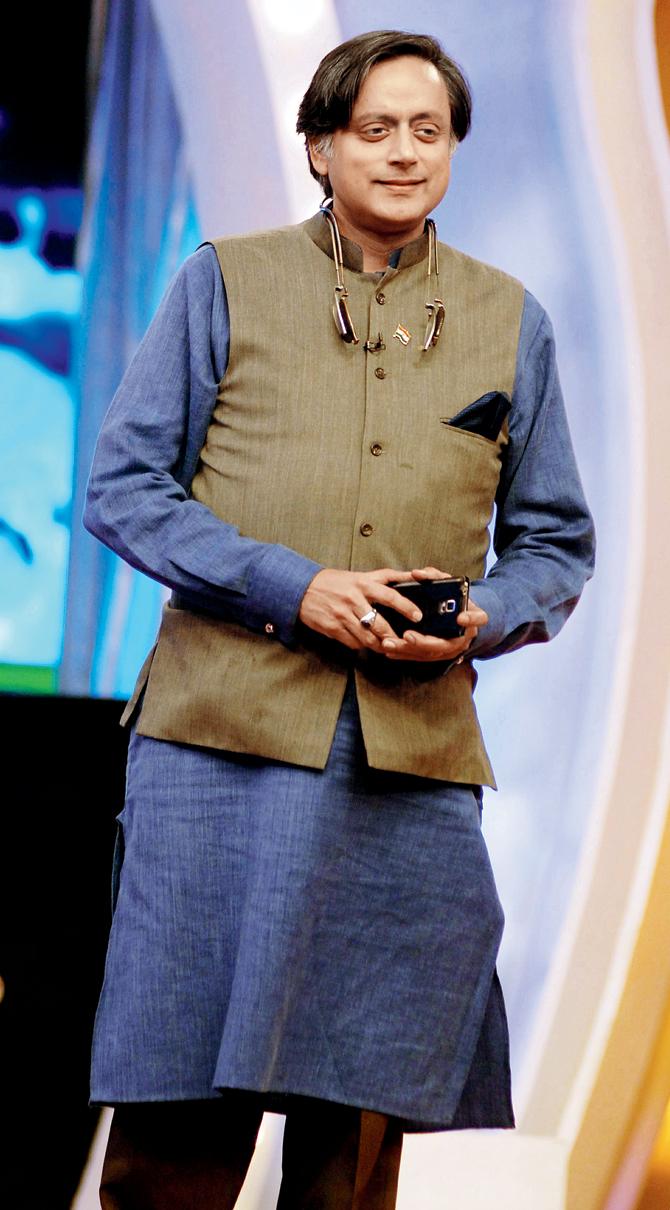
Shashi Tharoor
Indo-Pak cricket, a borderline case
Politician and former diplomat Shashi Tharoor wants to see India and Pakistan compete on the cricketing greens again. He seems confident that some day, ties will resume and stresses, "Cricket will follow diplomacy, not precede it."
Tharoor ends his six-page piece with, "Many liberals on both sides of the border hope that one day India and Pakistan will enjoy relations comparable to those between the United States and Canada – with open borders, shared culture and entertainment, free trade, even frequent migration. Healthy sporting competition would then be part of a healthy overall relationship; cricket matches between the two countries, followed with good-natured partisanship rather than religiously-inspired passion, could be the centrepiece of such a new era. It is not too much to hope for - one day."
 Subscribe today by clicking the link and stay updated with the latest news!" Click here!
Subscribe today by clicking the link and stay updated with the latest news!" Click here!






